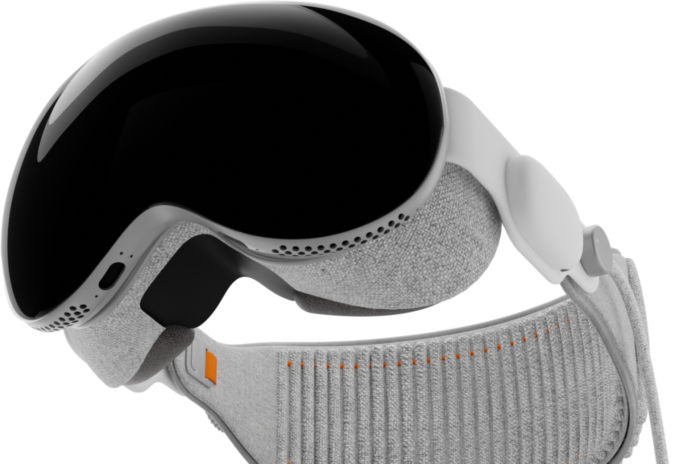Apple is preparing to unveil its long-awaited mixed-reality headset at the Worldwide Developers Conference (WWDC) 2025, sparking excitement across the tech industry. This launch represents a significant milestone in Apple’s journey into augmented reality (AR) and virtual reality (VR), showcasing its commitment to redefining spatial computing.
A New Era of Mixed Reality
The headset, expected to be branded under the Vision Pro line, is set to blend AR and VR technologies seamlessly, offering users immersive experiences that integrate digital content with physical environments. Building on the success of the original Vision Pro, which debuted in 2023, the new iteration promises advanced features and improved performance. Apple’s proprietary visionOS will power the device, delivering a robust ecosystem tailored for mixed-reality applications.
Key innovations likely include enhanced eye-tracking systems, spatial audio technology, and a dual-chip design featuring Apple Silicon. These advancements aim to provide unparalleled precision, responsiveness, and immersion for users exploring virtual worlds or augmenting their real-world surroundings.
Market Impact and Industry Expectations
Apple’s entry into the AR/VR space has been closely watched by competitors and analysts alike. The Vision Pro line is positioned as a premium offering in a market crowded with devices from companies like Meta and HTC. While competitors have focused on affordability and gaming-centric experiences, Apple’s strategy emphasizes high-end design and professional-grade capabilities.
The launch at WWDC 2025 is expected to generate significant buzz, with developers eager to explore new tools for creating mixed-reality applications. Apple’s focus on integrating AR/VR with its broader ecosystem—including iOS, macOS, and iPadOS—could set it apart by offering seamless cross-platform functionality.
Challenges Ahead
Despite the excitement surrounding the launch, Apple faces several challenges in scaling its AR/VR ambitions. High production costs have kept the Vision Pro line firmly in the premium segment, limiting accessibility for mainstream consumers. Additionally, adoption rates for mixed-reality devices remain relatively low compared to other consumer electronics categories.
Supply chain constraints could also pose risks to production timelines, particularly as demand for advanced components like micro-OLED displays continues to rise globally. Apple’s ability to navigate these challenges will be critical in ensuring the success of its latest headset.
Looking Forward
The unveiling of Apple’s mixed-reality headset at WWDC 2025 marks a pivotal moment for both the company and the broader AR/VR industry. By pushing technological boundaries and fostering developer innovation, Apple aims to redefine how people interact with digital content in physical spaces.
As anticipation builds ahead of the event, all eyes are on Apple to deliver a product that not only meets but exceeds expectations—setting new standards for immersive technology and solidifying its leadership in spatial computing. The headset’s launch could pave the way for transformative applications across sectors such as education, healthcare, entertainment, and enterprise solutions.


